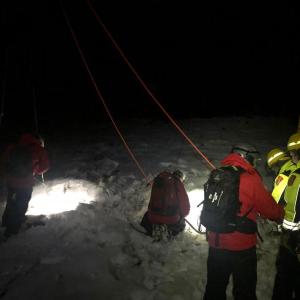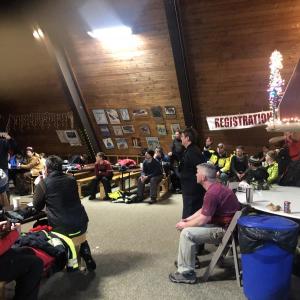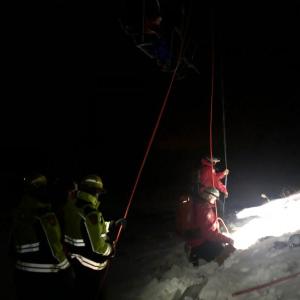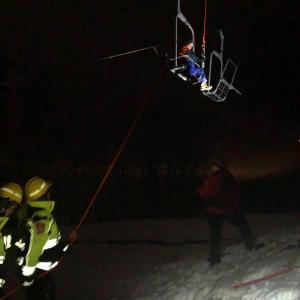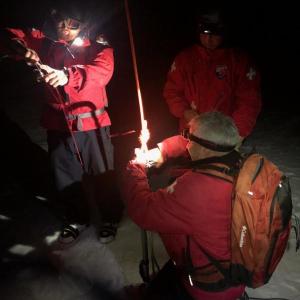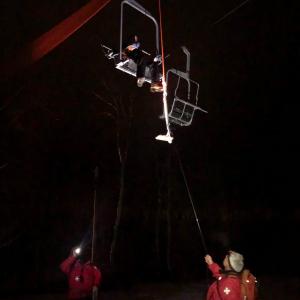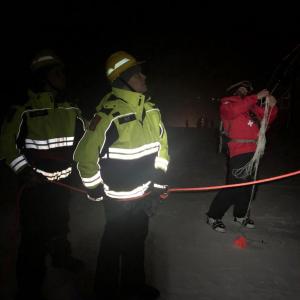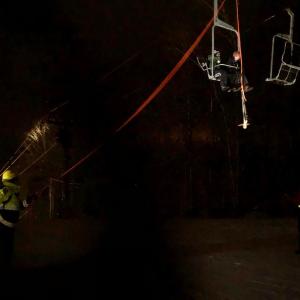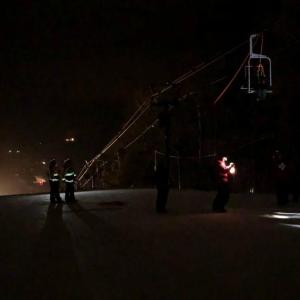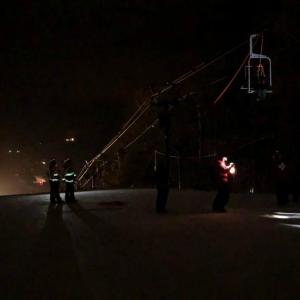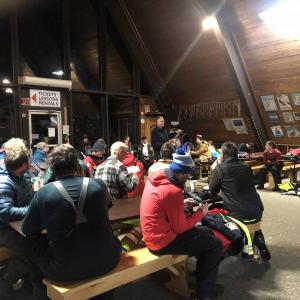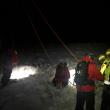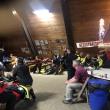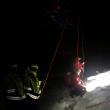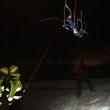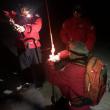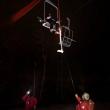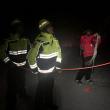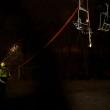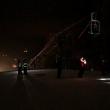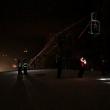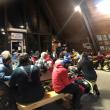Firefighters, ski patrol, rock climbers practice together at Snow Bowl lift evacuation drill
 Ragged Mountain Ski Patrol, Camden Firefighters, High Angle Rescue Team and community volunteers gave several hours of their time Saturday evening, Jan. 25, to practice emergency evacuation skills at the Camden Snow Bowl. (Photo by Lynda Clancy)
Ragged Mountain Ski Patrol, Camden Firefighters, High Angle Rescue Team and community volunteers gave several hours of their time Saturday evening, Jan. 25, to practice emergency evacuation skills at the Camden Snow Bowl. (Photo by Lynda Clancy)
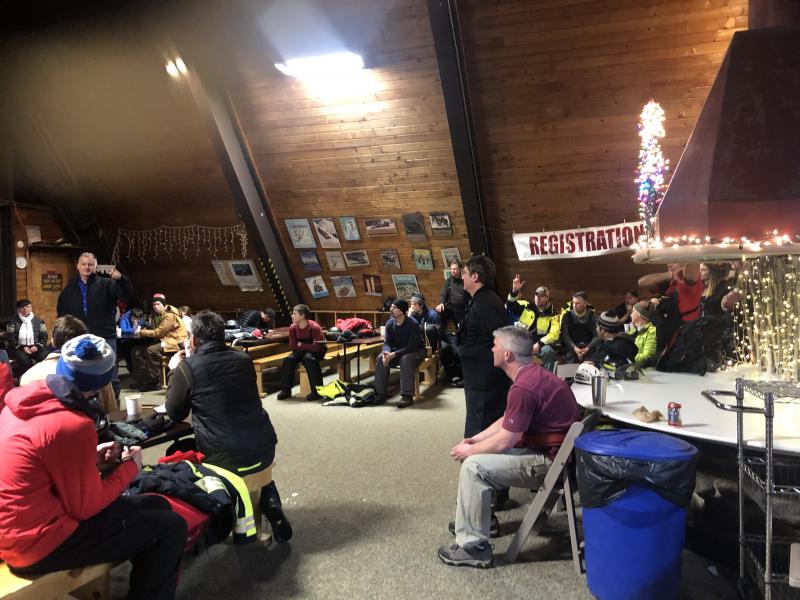 (Photo by Lynda Clancy)
(Photo by Lynda Clancy)
 (Photo by Lynda Clancy)
(Photo by Lynda Clancy)
 (Photo by Lynda Clancy)
(Photo by Lynda Clancy)
 (Photo by Lynda Clancy)
(Photo by Lynda Clancy)
 (Photo by Lynda Clancy)
(Photo by Lynda Clancy)
 (Photo by Lynda Clancy)
(Photo by Lynda Clancy)
 (Photo by Lynda Clancy)
(Photo by Lynda Clancy)
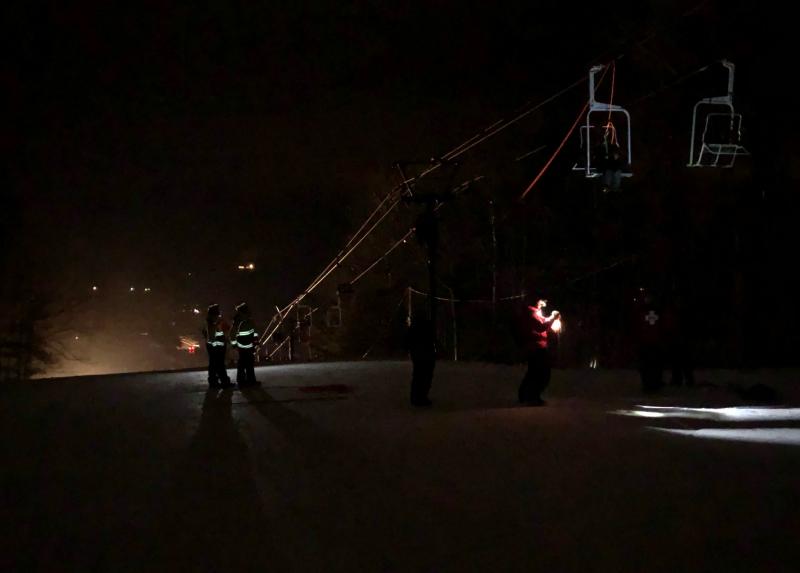 (Photo by Lynda Clancy)
(Photo by Lynda Clancy)
 (Photo by Lynda Clancy)
(Photo by Lynda Clancy)
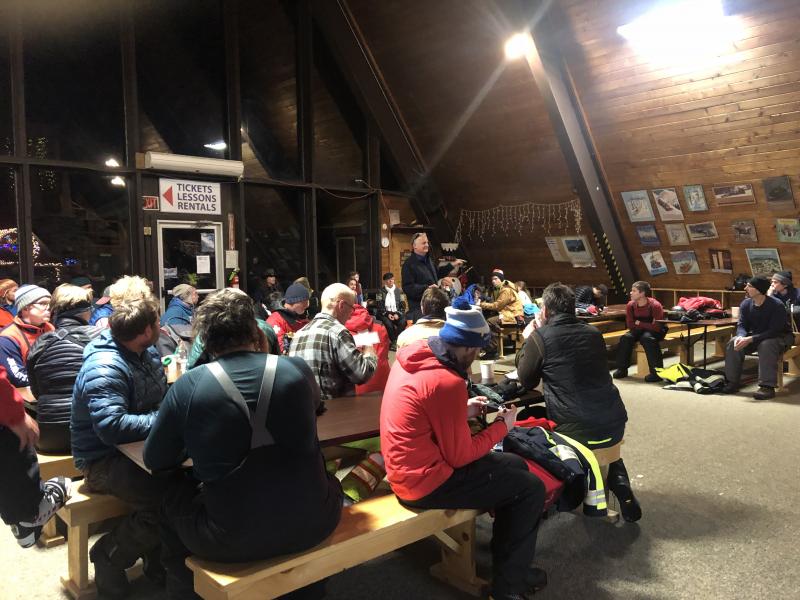 (Photo by Lynda Clancy)
(Photo by Lynda Clancy)
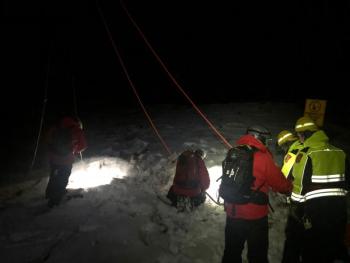 Ragged Mountain Ski Patrol, Camden Firefighters, High Angle Rescue Team and community volunteers gave several hours of their time Saturday evening, Jan. 25, to practice emergency evacuation skills at the Camden Snow Bowl. (Photo by Lynda Clancy)
Ragged Mountain Ski Patrol, Camden Firefighters, High Angle Rescue Team and community volunteers gave several hours of their time Saturday evening, Jan. 25, to practice emergency evacuation skills at the Camden Snow Bowl. (Photo by Lynda Clancy)
 (Photo by Lynda Clancy)
(Photo by Lynda Clancy)
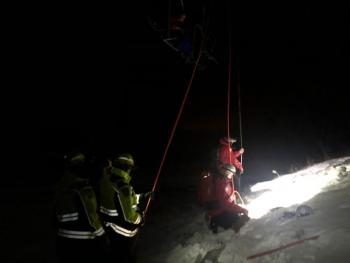 (Photo by Lynda Clancy)
(Photo by Lynda Clancy)
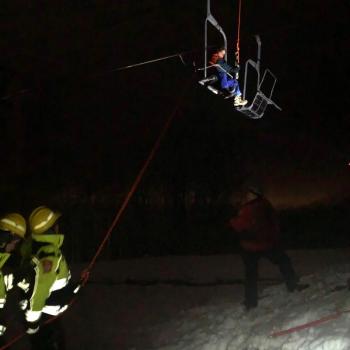 (Photo by Lynda Clancy)
(Photo by Lynda Clancy)
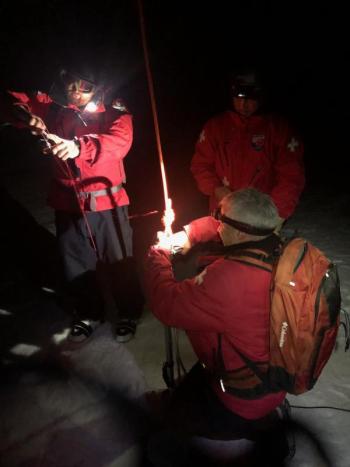 (Photo by Lynda Clancy)
(Photo by Lynda Clancy)
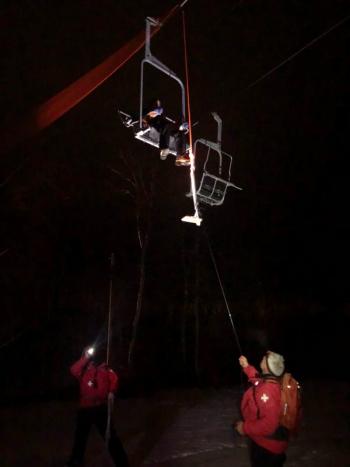 (Photo by Lynda Clancy)
(Photo by Lynda Clancy)
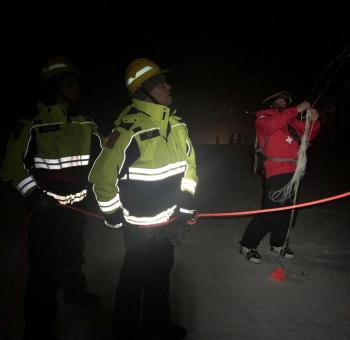 (Photo by Lynda Clancy)
(Photo by Lynda Clancy)
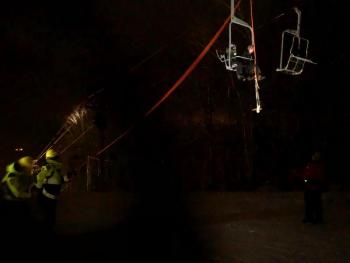 (Photo by Lynda Clancy)
(Photo by Lynda Clancy)
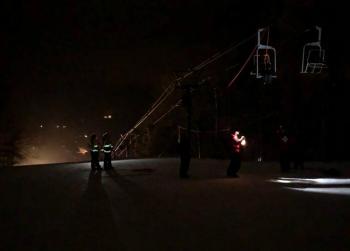 (Photo by Lynda Clancy)
(Photo by Lynda Clancy)
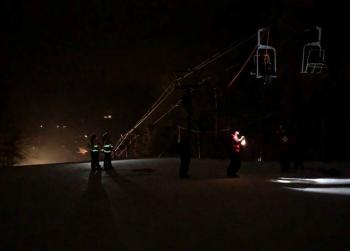 (Photo by Lynda Clancy)
(Photo by Lynda Clancy)
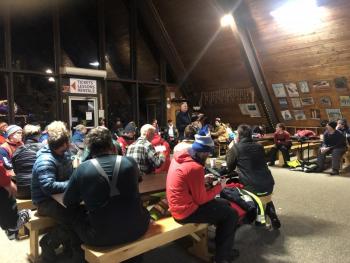 (Photo by Lynda Clancy)
(Photo by Lynda Clancy)
CAMDEN — Saturday night, Jan. 25, lent perfect conditions for the 65-plus who arranged themselves along the Foxy trail at the Camden Snow Bowl, either sitting up in the air on a stalled chairlift, or assembling below with rescue ropes and climbing equipment. The edge of a heavy rainstorm was on the approach, but temperatures hovered around 32 degrees, just warm enough so ski patrollers, firefighters and High Angle rescue climbers could evacuate the stranded riders, and train each other in evacuation recovery techniques, under the light of headlamps.
“We wanted to simulate a real life situation, and practice our protocol to call for assistance from the Fire Department,” said Ragged Mountain Ski Patrol Director Duncan Matlack. “We were training to better integrate the different responding agencies, in the event something does happen.”
Matlack, who oversees a ski patrol with approximately 44 volunteer members, has staged multiple lift evacuation training exercises, both in the fall and dead of winter, in the afternoon and after dark. But rarely do the ski patrollers, firefighters, mountain climbers and mountain maintenance crew members all participate at one drill. It makes sense, however, given that in grave situations, the Snow Bowl would appeal to the fire department for help.
The riders who volunteered to be stranded on the lift included children, teens and adults, some regular skiers at the Snow Bowl, others mountain stewards, who also volunteer at the mountain.
“It's important to keep the different groups working together,” said Camden Fire Chief Chris Farley, who, in this particular January drill, arrived with 12 firefighters and two engines. “It's important that the people know each other and how well they can perform their jobs.”
Firefighters from Lincolnville and Hope also participated in the Saturday night drill, as did nine members of the High Angle Rescue Team, a group of local rock climbers organized by Matt Silverio, who help in situations involving steep mountainsides, and chairlifts.
Four members of the Snow Bowl mountain operations crew also were part of the exercise, as well as a member of North East Mobile Health Services, Nick Rathbone, EMT-P, Donna Weare, EMT-I, and CB Spady, EMT-I, who volunteered for the three-hour staged event.
“The biggest thing to develop is the interagency cooperation and teamwork,” said Farley. “The Ski Patrol has the technical skills and knowledge to accomplish a chair lift evacuation. They have shared those skills with the fire departments over the years.”
But, he added: “We need to work together periodically so that people know each and what the skill levels are. If a mechanical failure or some other incident were to occur with a chair lift and an evacuation is needed, it will take a large number of first responders to achieve the task of safely lowering any skiers who may be stranded. It's important that we work together in a cohesive manner.”
Both agencies — the fire department and ski patrol — are required to take the ICS 100, which is a mandatory online course organized by the Federal Emergency Management Agency (FEMA), and serves as an introduction to the Incident Command System.
That formalized system has evolved since the late 1960s, when fire chiefs in the southwest and California created a response protocol to wildfires. Half a century later, and the ICS is now taught and used throughout the country and world, to nail down how to efficiently handle a range of emergencies from environmental disasters and natural catastrophes to public health situations, as well as tragedies caused by humans, including hostage and mass shooting incidents.
Organization of the Jan. 25 drill was primarily handled by Ragged Mountain Ski Patrol volunteer Jeff Nathan, who situated patrol member Doug Woodbury in the operations command seat in the lodge. Beside him sat patroller Sarah Ruef-Lindquist, with Incident Commander Farley overseeing command.
Out on the mountain, Matlack walked the chairlift line with patroller safety officers Meredith Currier, Galen Todd and Ski School Director Jeff Dec, guiding and teaching, while six teams comprising ski patrollers as leaders and firefighters as belayers and anchors went to work, shooting lines over the cable, setting up the evacuation equipment, and hauling 30 people down.
But the exercise was complicated further by simulated injuries, including a twisted knee and one unconscious patient, which sent High Angle rescuers climbing up to the chair and lowering him down to waiting patrollers, who bundled him into toboggan to be skied down to the lodge.
“Overall, the technical skills were performed well,” said Farley. “The groups of responders worked well performing their individual assigned tasks.”
Matlack likewise said the exercise went smoothly.
“We identified areas that went well, and areas that need improvement,” he said. “We would not have been able to identify those without such a drill.”
Farley said the system will be benefit from improved communication, “so that we know who is working together and where they have been deployed on the mountain.”
“If an actual event were to occur, it will be important for us to accurately track and account for people who may be stranded so we can ensure everyone is safely returned to the lodge,” he said. “We also need to work on communications between the groups working on the mountain and those people who are managing the overall incident. Radio etiquette and discipline are a big part of that. We have a number of training issues we have identified, which will help to improve the operations for the next training or actual event.”
Both Matlack and Farley want to repeat the drill, and expand it.
”It's important to keep the different groups working together,” said Farley. “It's important that the people know each other and how well they can perform their jobs. We have already been talking with Duncan Matlack about future training opportunities. We are tentatively planning a mass casualty training scenario at the Snow Bowl in November 2020. We would like to bring the various groups together prior to the start of the next ski season. In addition to skiing, mountain biking is a significant activity which takes place at the Snow Bowl. We may try to include a scenario involving that activity, as well.”
Leadership of the various groups plan to get together to review lessons learned in the next week or so.
“From that we will formally distribute 'what we did well' and 'areas needing improvement' to the participating groups,” he said.
Following the drill, after all chairlift riders had been lowered to the ground and escorted to the lodge, after the equipment was repacked into evacuation backpacks, the “injured” tended to, and the mountain swept of all people, participants sat in the lodge to review what worked and what didn’t.
There, over cups of chili and cocoa, courtesy of Big T Snack Shack’s Marc Senders, they all delivered their ideas for improving rescue operations at the Snow Bowl, just in case....
Reach Editorial Director Lynda Clancy at lyndaclancy@penbaypilot.com; 207-706-6657
Event Date
Address
United States

